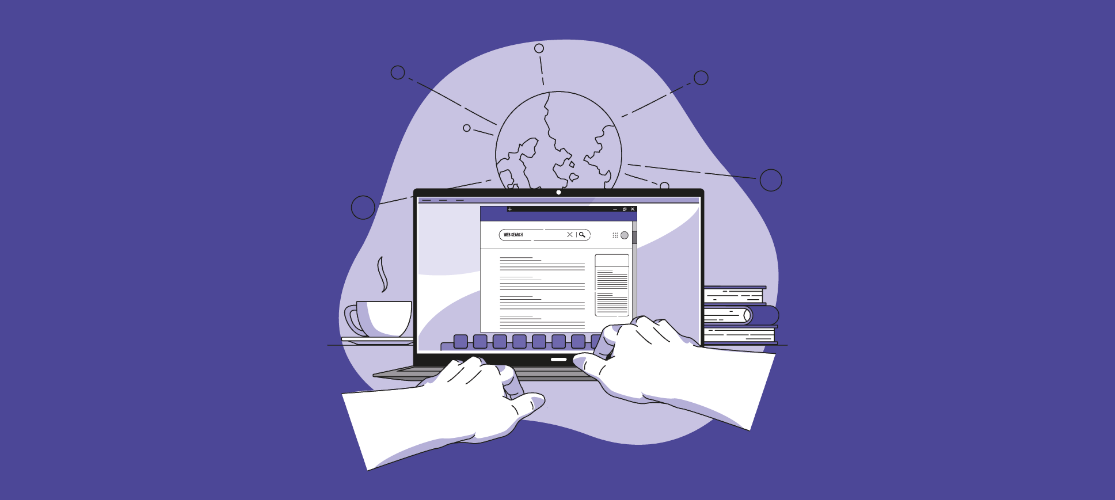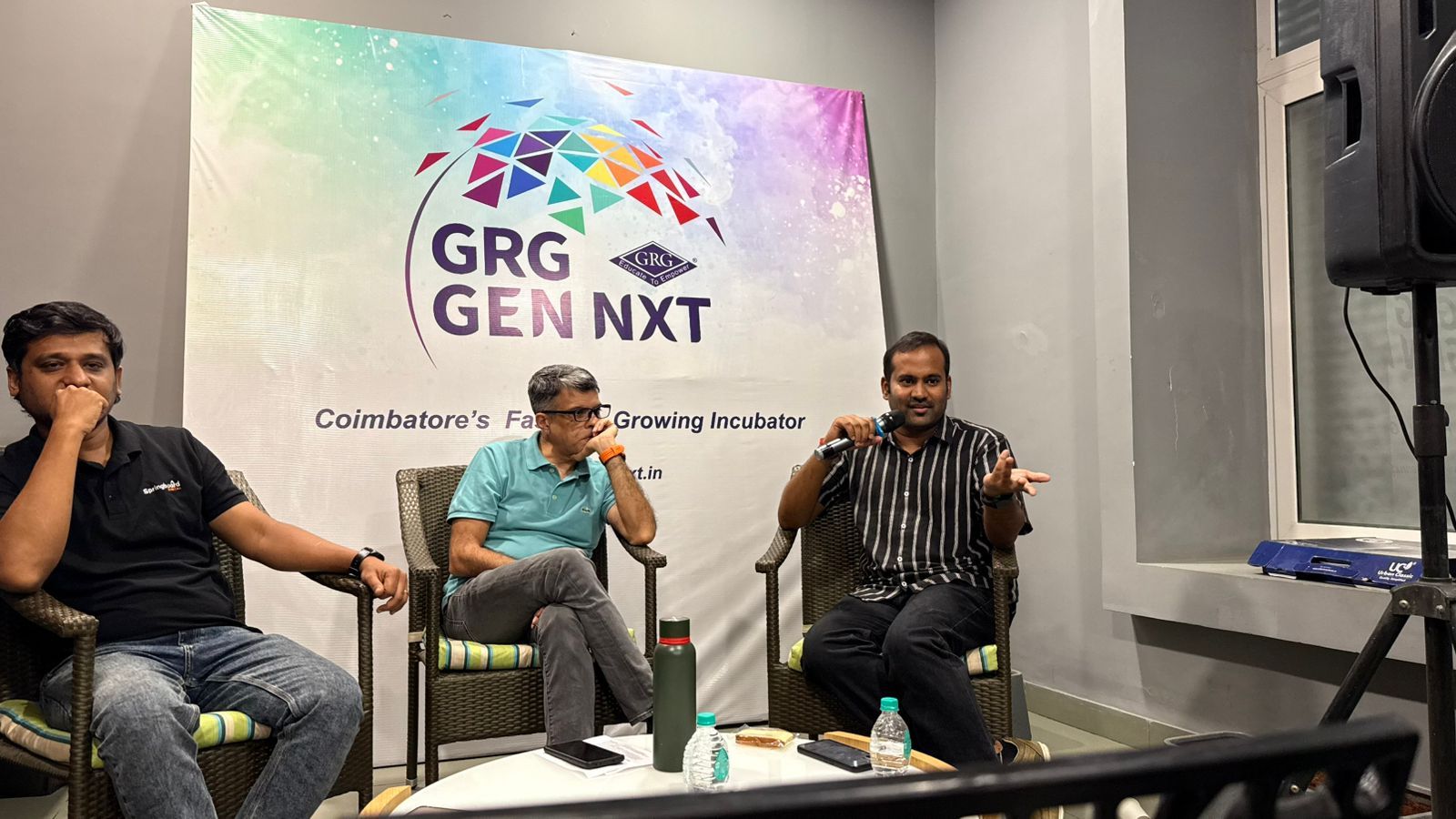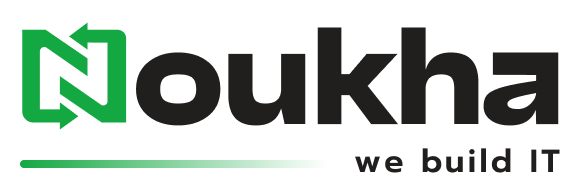Okay, so here’s the deal. Three years ago, my neighbor’s teenager built a website that was converting better than sites I’d spent months perfecting for Fortune 500 companies. That was my wake-up call.
The kid used some basic AI tools he found on YouTube. Meanwhile, I’m over here talking about “user experience optimization” and “conversion funnel strategies” like some kind of digital marketing dinosaur.
Your website probably has the same problem mine did back then – it’s trying way too hard to be professional and ending up boring instead. Or maybe it’s the opposite problem, where it looks great but couldn’t sell ice cream in summer.
Look, I’ve been doing this website development company thing for way longer than I care to admit, and I’ll tell you something that might surprise you: the best AI websites I’ve built recently started as complete disasters.
My Biggest Website Failure (And What It Taught Me)
Remember how I mentioned that teenager? Well, that story doesn’t end there.
I got so frustrated that I decided to rebuild my own company website using every AI trick in the book. Chatbots, personalization, predictive analytics, automated everything. I was going to show this kid how it’s really done.
Four months later, my conversion rate had dropped by 30%.
Turns out, I’d made my website so “smart” that it was practically unusable. The chatbot kept interrupting people mid-sentence. The personalization was showing content about services people hadn’t even looked at yet. The predictive analytics were predicting things that made zero sense.
My wife took one look at it and said, “This feels like a robot trying to sell me something.” She wasn’t wrong.
That failure taught me something crucial about website development India and everywhere else: AI isn’t about replacing human intuition – it’s about amplifying it. When you forget that, you end up with websites that are technically impressive but commercially useless.
Why Most Websites Suck (Including Mine, Sometimes)
I was reviewing a client’s analytics last Tuesday. Their website gets about 5,000 visitors monthly – decent traffic for a B2B company in their space. But here’s the kicker: their average session duration was 23 seconds.
Twenty-three seconds.
That’s barely enough time to read a headline and decide you’re in the wrong place. Which is exactly what was happening.
Their homepage was trying to explain everything about their business in the first fold. Product features, company history, team bios, testimonials, contact information – it was like someone threw up a brochure onto a webpage.
I see this constantly. Business owners think more information equals better websites. Wrong. More relevant information equals better websites. There’s a massive difference.
Your current website probably falls into one of these categories:
It looks professional but feels dead. Like walking into a fancy restaurant where nobody acknowledges you exist. Pretty to look at, zero engagement.
Or it’s the opposite – so busy trying to get attention that it feels like a used car lot. Flashing buttons, popup windows, countdown timers for fake urgency. Makes people want to leave immediately.
The sweet spot? Websites that feel like having a conversation with someone who actually understands what you need. That’s where AI comes in, but not in the way most people think.
What AI Websites Actually Do (The Simple Version)
 Forget everything you’ve read about machine learning and neural networks. Here’s what good AI websites really do: they notice stuff.
Forget everything you’ve read about machine learning and neural networks. Here’s what good AI websites really do: they notice stuff.
Your regular website shows everyone the same thing regardless of who they are or what they need. An AI website pays attention to patterns and adjusts accordingly.
Example: I worked with a custom website for small business India project last year. The client was getting traffic from two main sources – Google search and LinkedIn referrals.
The LinkedIn visitors were spending 4+ minutes reading case studies and downloading resources. The Google visitors were bouncing after 30 seconds because they couldn’t find pricing information quickly.
Traditional solution? Redesign the whole site to satisfy both groups equally. Usually ends up satisfying nobody.
AI solution? The website learned to show detailed case studies and resources to LinkedIn traffic, while showing pricing and service overviews prominently to Google traffic. Same content, different presentation order.
Result: LinkedIn conversion rate went from 2.1% to 6.8%. Google conversion rate went from 0.4% to 2.9%. Total project time: six weeks instead of six months for a complete redesign.
Sometimes the simplest solutions are the smartest ones.
The Stupid Mistakes I Still Make
Even after all these years, I mess up regularly. Last month, I launched an AI chatbot for a client that was supposed to qualify leads automatically.
The bot was too aggressive. It would jump in after 10 seconds with “Hi! What brings you here today?” Most people hadn’t even finished reading the headline yet.
We changed it to wait 60 seconds and only engage if someone looked confused (scrolling up and down repeatedly or staying on one section too long). Suddenly, people started actually using it instead of immediately closing it.
Another time, I set up personalization that was too personal. The website was remembering too much – previous visits, pages viewed, time spent on different sections. It started feeling creepy instead of helpful.
One visitor emailed us saying, “How does your website know so much about what I looked at last time? It’s weird.”
Had to dial it back significantly. Now it remembers just enough to be useful without being invasive. There’s definitely an art to getting that balance right.
The Real Problem With Most AI Projects
I’ve watched probably fifty AI website projects over the last two years. The ones that fail all have the same issue: they try to solve every problem at once.
Client calls and says, “We need AI everything. Chatbots, personalization, automated email sequences, predictive lead scoring, dynamic content generation – all of it.”
My immediate thought: “This is going to be a disaster.”
But here’s the thing – as a professional website development company, sometimes you feel pressure to say yes to everything the client wants, even when you know it’s not smart.
I learned to push back. Now when someone wants “AI everything,” I ask them to identify their single biggest problem first.
Usually it’s one of three things:
- Not enough qualified leads
- Leads not converting to sales
- Too much time spent on repetitive customer service
Once we solve the biggest problem with AI, then we can think about other improvements. But trying to revolutionize everything simultaneously? Recipe for disaster.
Starting Small Actually Works Better
I had a client in Coimbatore who was convinced they needed a complete AI overhaul. Their website was getting decent traffic but terrible conversions.
Instead of rebuilding everything, we started with one simple AI feature: dynamic pricing display.
The website learned that visitors from larger companies (identified by email domains when they filled out forms) were more interested in enterprise features and pricing. Visitors from smaller companies wanted to see basic plans and simple pricing first.
Took three weeks to implement. Conversion rate improved by 41% in the first month.
That success convinced them to invest in phase two: intelligent content recommendations. Then phase three: automated lead scoring.
By the end of the year, they had a sophisticated AI website that was performing incredibly well. But we built it piece by piece, proving value at each step.
Starting small doesn’t mean thinking small – it means building smart.
Why Location Actually Matters
This might surprise you, but I’ve noticed huge differences in how people interact with websites based on where they’re located.
Working on website development India projects versus US-focused sites requires completely different approaches, and it’s not just about language or currency.
Indian users, especially in B2B contexts, tend to research much more thoroughly before making any contact. They want to see detailed information, multiple case studies, clear pricing indicators, and often evidence of local expertise.
US users, particularly in tech industries, are more likely to engage quickly with interactive elements, schedule calls after minimal research, and respond well to direct-response style messaging.
I worked with an SEO-friendly website agency in Coimbatore that was struggling with international clients. Their website was designed for Indian visitors – lots of detailed information, comprehensive service descriptions, extensive testimonials.
American visitors were getting overwhelmed and leaving without engaging. The site felt too dense and slow-paced for their preferences.
The AI solution automatically detected visitor location and adjusted content density accordingly. Indian visitors still saw comprehensive information, but American visitors got streamlined overviews with clear next-step calls-to-action.
International inquiries increased by 67% in four months.
Features That Actually Move the Needle
Let me cut through the marketing nonsense and tell you which AI features typically provide real business value:
Smart chatbots that actually help people. Most chatbots are terrible because they interrupt at the wrong times with irrelevant questions. Good ones watch user behavior and only engage when they can genuinely help.
The best chatbot I ever implemented waits until someone shows signs of confusion – multiple page visits, scrolling patterns that suggest searching, or extended time on pricing pages without action. Then it offers specific help based on what they’re actually doing.
Content personalization that doesn’t feel creepy. Good personalization remembers that you’re interested in mobile app development and shows relevant case studies next visit. It doesn’t need your life history to be useful.
Lead qualification that saves time. Instead of treating every form submission equally, AI can analyze behavior patterns and help your sales team prioritize the most promising prospects.
One client’s sales team was spending equal time on every lead. After implementing AI lead scoring, they started focusing on higher-probability prospects first. Close rate improved 34% simply because they were having better conversations with more qualified people.
The Money Talk (Because Everyone Asks)
Okay, let’s talk about what this actually costs. I’ll be straight with you because I hate when agencies are vague about pricing.
Basic AI integration – adding smart chatbots or simple personalization to your existing website – usually runs between $10,000 and $25,000. This assumes your current site isn’t completely broken and just needs intelligence layered on top.
Full AI website development from scratch typically ranges from $35,000 to $90,000 for most businesses. This includes custom features, proper integrations, and setup for ongoing optimization.
Enterprise-level stuff with custom machine learning, multiple integrations, and advanced analytics? You’re looking at $100,000+.
But here’s what matters more than the initial cost: return on investment timeline.
That Coimbatore client I mentioned? Their $52,000 investment generated an additional $220,000 in revenue within 14 months. Not from more traffic – from converting existing visitors more effectively.
When you build a fast website for B2B applications that actually works, the math usually works out favorably. But you need to track the right metrics to prove it.
Finding Development Partners Who Aren’t Idiots
 The AI website space is full of agencies that oversell and underdeliver. Here’s how to avoid getting burned:
The AI website space is full of agencies that oversell and underdeliver. Here’s how to avoid getting burned:
Ask for specific results, not pretty portfolios. Anyone can make websites look good in screenshots. You want measurable business outcomes from projects similar to yours.
Test their business understanding before their technical skills. The best developers ask about your customers and revenue goals before they start talking about algorithms and integrations.
Look for agencies that want to start small and prove value. If someone’s first recommendation is a complete overhaul with every AI feature imaginable, run away. Good developers build incrementally.
I’ve seen too many businesses get stuck with sophisticated systems they don’t understand and agencies that disappear after launch.
What Actually Happens During Implementation
Moving to an AI-powered website doesn’t have to be traumatic, but it does require some planning.
Phase 1: Understanding what’s broken. Good developers spend weeks analyzing your current performance before writing a single line of code. If someone wants to start building immediately, that’s a red flag.
Phase 2: Gradual rollout. Smart implementation happens in phases. Core functionality first, then AI features, then optimization. You should never be without a working website.
Phase 3: Learning period. AI systems need time and data to get smart. Don’t expect perfect results immediately – plan for steady improvement over several months.
The businesses seeing the best results treat this as an ongoing investment in their digital presence, not a one-time project.
Modern Website Design Services (That Actually Work)
 Here’s something I’ve learned after working with modern website design services in Coimbatore and around the world: the best results come from agencies that understand your business first and technology second.
Here’s something I’ve learned after working with modern website design services in Coimbatore and around the world: the best results come from agencies that understand your business first and technology second.
Technical skills are table stakes now. What separates good agencies from great ones is business acumen and long-term thinking.
Great agencies ask uncomfortable questions about your current performance, challenge assumptions about what you think you need, and focus obsessively on measurable results.
They also stick around after launch to optimize and improve, because AI websites get better over time – but only if someone’s actively managing them.
The Bottom Line
AI website development isn’t about keeping up with tech trends or having the coolest features. It’s about building competitive advantages that actually matter to your business.
Start with one problem. Solve it well. Build from there.
Find a development partner who cares more about your success than their technical showcase. Focus on results, not features.
The goal isn’t to build the most sophisticated AI website possible – it’s to build one that grows your business. Keep that focus, and you’ll make smart decisions instead of impressive ones.
 Whether you need a custom website for small business India markets or enterprise-level solutions for global companies, the principles are the same: understand the problem, choose appropriate technology, measure results, optimize continuously.
Whether you need a custom website for small business India markets or enterprise-level solutions for global companies, the principles are the same: understand the problem, choose appropriate technology, measure results, optimize continuously.
At Noukha, we’ve helped dozens of businesses make this transition successfully. Every project teaches us something new about what works and what doesn’t.
The easiest way to start AI website development? Pick one thing that’s costing you money right now and fix it with the simplest AI solution that works. Your future self will thank you for starting today instead of waiting for perfect timing that never comes.
The future isn’t coming – it’s already here. Your competitors probably know this. The question is what you’re going to do about it.



